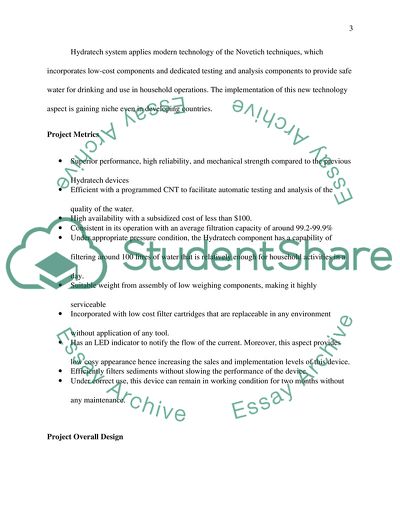Cite this document
(Engineering Project: Hydratech System Case Study Example | Topics and Well Written Essays - 2750 words, n.d.)
Engineering Project: Hydratech System Case Study Example | Topics and Well Written Essays - 2750 words. https://studentshare.org/engineering-and-construction/1855918-project
Engineering Project: Hydratech System Case Study Example | Topics and Well Written Essays - 2750 words. https://studentshare.org/engineering-and-construction/1855918-project
(Engineering Project: Hydratech System Case Study Example | Topics and Well Written Essays - 2750 Words)
Engineering Project: Hydratech System Case Study Example | Topics and Well Written Essays - 2750 Words. https://studentshare.org/engineering-and-construction/1855918-project.
Engineering Project: Hydratech System Case Study Example | Topics and Well Written Essays - 2750 Words. https://studentshare.org/engineering-and-construction/1855918-project.
“Engineering Project: Hydratech System Case Study Example | Topics and Well Written Essays - 2750 Words”. https://studentshare.org/engineering-and-construction/1855918-project.


